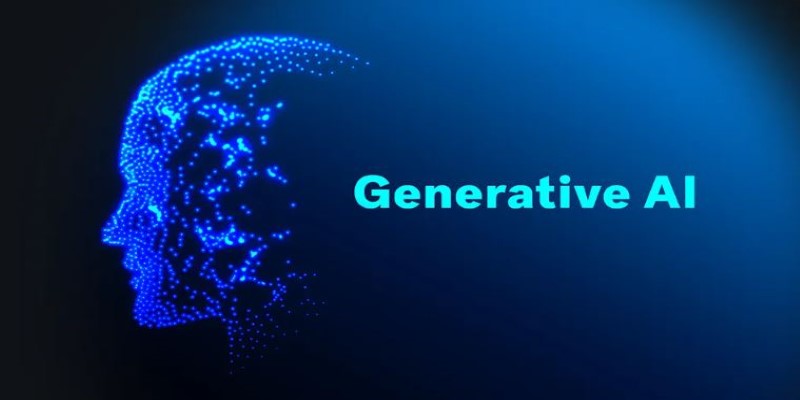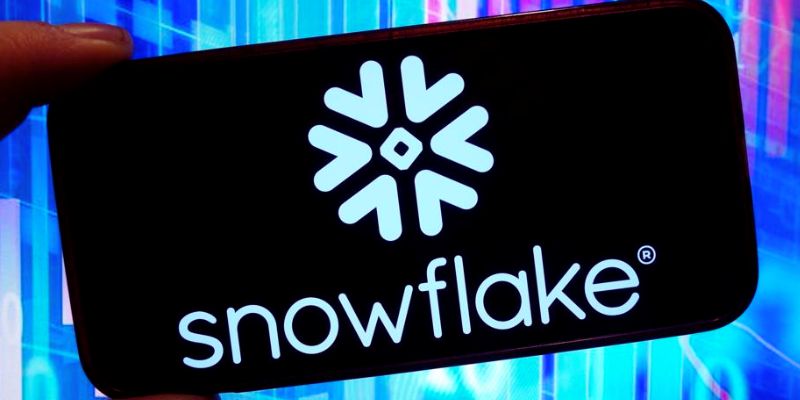Advertisement
Technology often moves in slow, predictable steps — until it doesn’t. Generative AI is a good example. What started as a simple idea of machines creating content has now snowballed into something far bigger. Early versions could barely string coherent sentences together. Today, they write stories, create artwork, and design products with a level of skill that once felt almost unreachable. But how did we get from simple beginnings to this sudden burst of capability? Let’s explore.
At first, generative AI models looked more like novelty experiments. They were fun to watch but didn’t produce anything genuinely useful. Systems like early text generators often lacked context, couldn’t hold conversations, and produced clumsy, often laughable results. They were trained on small datasets and relied heavily on fixed rules and templates, which limited creativity.
Machine learning researchers kept pushing, experimenting with new ways to help models learn. Instead of giving direct instructions, they began showing AI systems large sets of examples and letting them figure patterns out on their own. This small shift made a big difference. But at the time, the changes still felt slow. Improvements happened, yes, but in tiny steps — more like tuning a radio for better sound quality than changing the station entirely.
Things really started to change when three big ideas came together: larger datasets, more powerful computing, and smarter model architectures. Instead of feeding AI systems limited examples, researchers gave them access to almost the entire internet. Instead of running models on basic hardware, they started using specialized chips made just for training AI. Instead of clumsy, rule-heavy designs, they built architectures like transformers that allow machines to pay attention to different parts of a task at once.

Each of these changes alone would have helped. Together, they created a multiplier effect. AI systems started to learn faster, perform better, and generalize their skills across different tasks. That’s when things moved from slow, predictable growth to rapid, breathtaking leaps.
A model that once struggled to complete a sentence could now draft essays, translate languages, and even answer complex questions with surprising depth. Art generators went from weird, unrecognizable sketches to producing images that could pass for professional work. And it didn’t stop there — the models began showing skills they weren’t directly trained for, like coding and solving math problems.
Right now, we are sitting at the edge of an interesting moment. Generative AI is no longer about just "what can we make it do" — it's about "how far can it go."
One clear sign of exponential growth is that newer models aren't just better by a little; they are better by a lot. Each new generation can do tasks that seemed impossible just a year ago. Improvements aren't taking decades or even years anymore — sometimes, it's just months.
Another thing to notice: the gap between expert users and casual users is shrinking. Tools that once needed a computer science degree to operate are now available through simple apps and websites. You don’t have to know how a neural network works to create a stunning AI-generated painting or ask a chatbot to help you brainstorm business ideas.
This kind of accessibility feeds the cycle. The more people use these tools, the more data they generate. The more data available, the smarter the systems can become. It’s a feedback loop, and it's moving fast.
Looking ahead, it feels less like a straight road and more like standing at a fork with endless paths. Some researchers believe we’ll see AI models that can reason, plan, and even have a basic understanding of the world around them. Others are focused on making models safer, more ethical, and less likely to "hallucinate" false information.

One promising idea is that AI will not just create content but help us think differently. Instead of replacing writers, artists, and designers, it could become a kind of creative partner — suggesting ideas, spotting patterns, or testing concepts at speeds humans can't match. The real value may not lie in machines replacing human effort but in expanding what individuals can dream up when they no longer have to wrestle with tedious tasks.
There's talk about multimodal AI, too — systems that can handle text, images, audio, and even video all at once. Imagine asking a system to read a book, watch a movie, and then create a new story that blends both styles. Not far off. Future models might even become personalized, adapting to each user's way of thinking or preferred creative style.
At the same time, questions about trust, bias, and control are becoming louder. The smarter these systems get, the more responsibility there is to ensure they are used wisely. That's going to shape not just how AI grows but how society decides to live alongside it.
Generative AI didn't leap forward overnight. It started with tiny, often invisible improvements that stacked on top of each other until they created something almost entirely new. Now, what once moved inch by inch is racing ahead with giant strides. It's changing not just what machines can do but what we expect from technology itself. From here, the future doesn't look like a straight line — it looks like an explosion of possibilities, all happening at once.
The most exciting part? We’re not standing at the finish line — we’re barely past the starting gate. What we’re seeing today might just be the first glimpse of a much larger shift. And as generative AI continues to push its own limits, it’s not just the technology that’s evolving — it’s the entire way we think about creativity, problem-solving, and innovation.

Learn how ChatGPT helps Dungeon Masters enhance gameplay, improvise scenes, and manage detailed campaign elements.

Snowflake unveils new AI and security features to enhance machine learning, data protection, and scalability for businesses

Explore how ChatGPT helps fitness professionals save time by generating structured, personalized training programs.

Install GPT4All on your Windows PC and run a ChatGPT-style AI chatbot offline, privately, and completely free of charge.

Learn how GPT4All runs offline, what makes it unique, and why it’s a secure, open-source alternative to cloud AI models.

Need to remove an image background in seconds? Learn how Erase.bg makes it quick and easy to clean up product photos, profile pictures, and more with no downloads required

Learn how to prevent ChatGPT from saving your conversations by turning off chat history and managing privacy preferences.

Worried about how ChatGPT handles your data? Learn how to stop your conversations from being used to train AI models and manage your privacy settings effectively

Learn how to integrate ChatGPT with WhatsApp to automate replies, streamline service, and boost customer engagement.

Discover best practices freelance writers can follow to use ChatGPT ethically, creatively, and professionally in their work.

Discover 8 effective ChatGPT prompt strategies that help reduce digital distractions and improve daily focus and clarity.

Learn how ChatGPT token limits affect input, output, and performance—and how to manage usage without exceeding the cap.